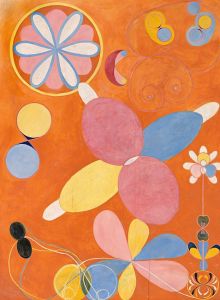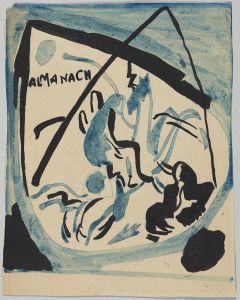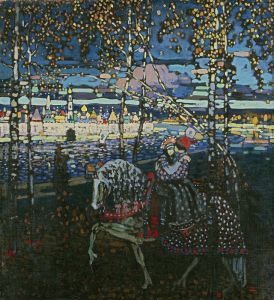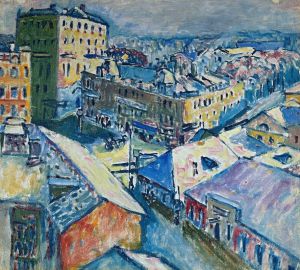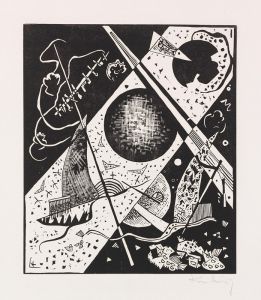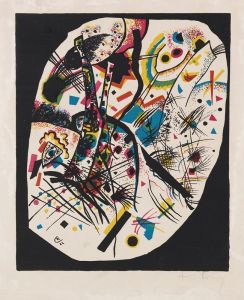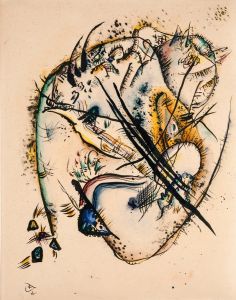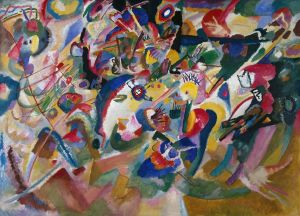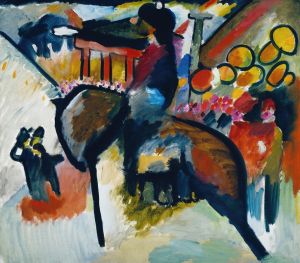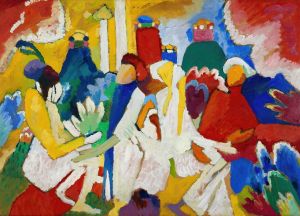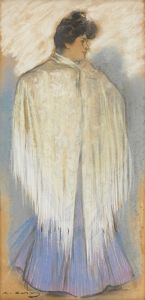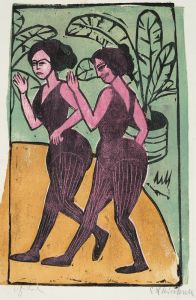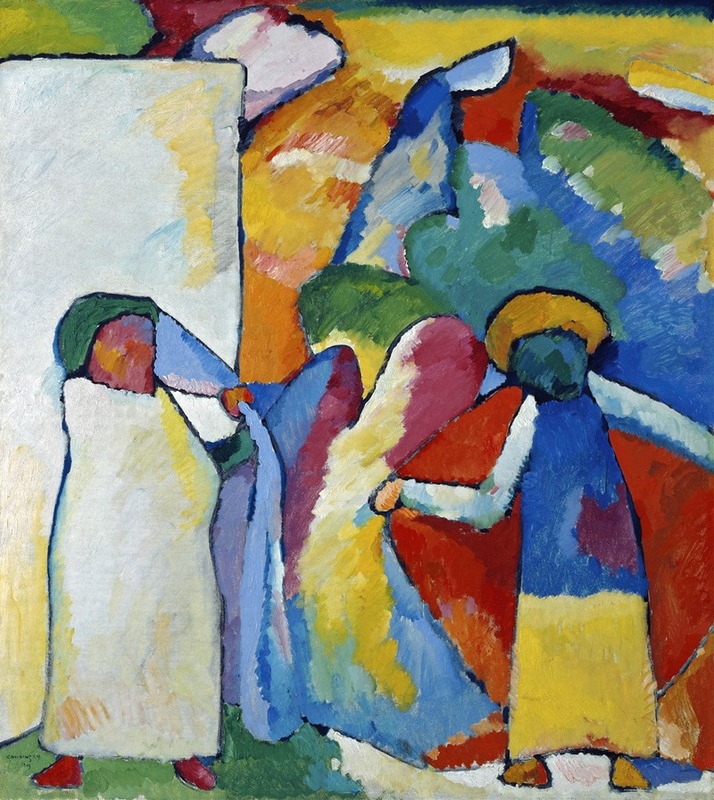
Improvisation 6
A hand-painted replica of Wassily Kandinsky’s masterpiece Improvisation 6, meticulously crafted by professional artists to capture the true essence of the original. Each piece is created with museum-quality canvas and rare mineral pigments, carefully painted by experienced artists with delicate brushstrokes and rich, layered colors to perfectly recreate the texture of the original artwork. Unlike machine-printed reproductions, this hand-painted version brings the painting to life, infused with the artist’s emotions and skill in every stroke. Whether for personal collection or home decoration, it instantly elevates the artistic atmosphere of any space.
"Improvisation 6" is a painting created by Wassily Kandinsky in 1910. Kandinsky, a Russian-born artist, is widely regarded as one of the pioneers of abstract art. This work is part of his series of "Improvisations," which he began in 1909. These paintings were intended to express spontaneous, emotional responses to inner experiences, rather than depict specific objects or narratives.
"Improvisation 6" is an oil painting on canvas, measuring 107 x 98 cm. It is characterized by vibrant colors, dynamic brushstrokes, and abstract forms. Kandinsky's use of color and form in this piece reflects his belief in the spiritual power of art. He sought to create compositions that could evoke emotions and transcend the material world, drawing inspiration from music, which he considered the most abstract and universal of the arts.
The painting is part of Kandinsky's early experiments with abstraction, a period during which he began to move away from representational art. While some elements in "Improvisation 6" may suggest natural forms or landscapes, the overall composition is non-representational. Kandinsky's approach was influenced by his interest in synesthesia, the phenomenon where one sensory experience, such as hearing music, evokes another, such as seeing colors. He aimed to create a visual language that could communicate directly with the viewer's soul, much like music does.
"Improvisation 6" is housed in the State Hermitage Museum in Saint Petersburg, Russia. It remains an important example of Kandinsky's early abstract work and his exploration of the relationship between color, form, and emotion. This painting, along with others in the "Improvisation" series, played a significant role in the development of abstract art in the early 20th century.
Kandinsky's theoretical writings, particularly his 1911 book Concerning the Spiritual in Art, provide insight into his artistic philosophy and the ideas that informed works like "Improvisation 6." In this text, he elaborated on his belief that art should move beyond the physical world and connect with the spiritual realm. This philosophy is evident in the expressive and non-representational nature of "Improvisation 6."
As with many of Kandinsky's works, "Improvisation 6" invites viewers to engage with it on an emotional and intuitive level, rather than seeking a literal interpretation. It stands as a testament to Kandinsky's innovative approach to art and his contribution to the evolution of modern abstract painting.





